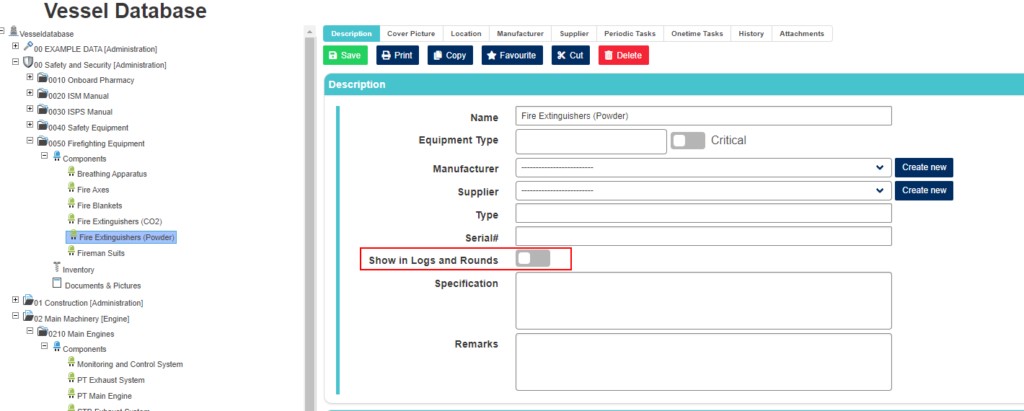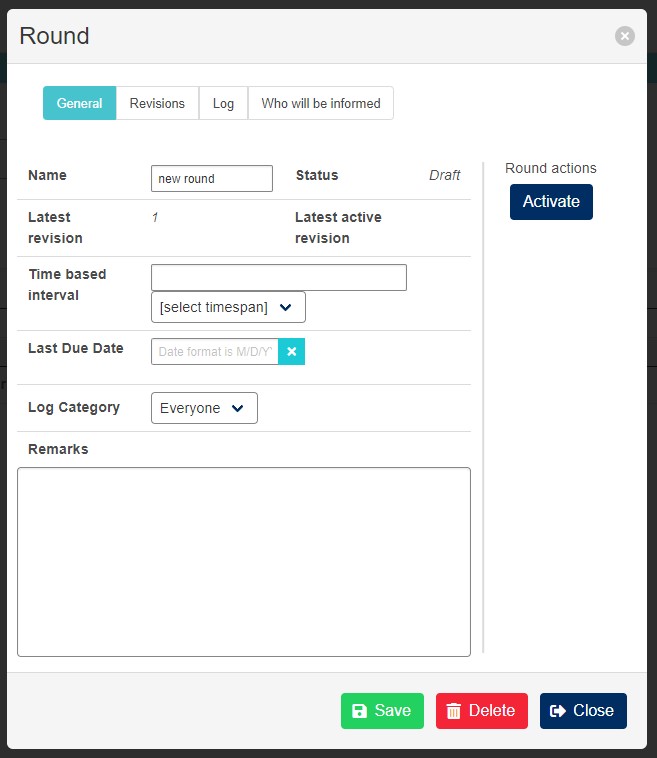HOW TO: Using the “Logs & Rounds” module to check safety Equipment
Checking all safety equipment onboard larger vessels can be very time consuming because of the sheer amount of items that need to be checked on a regular basis. Think of life vests, breathing devices or fire extinguishers that are stored all over the vessel.
In IDEA Yacht there are several ways to keep track of all the checks on board. In the following, we would like to describe one option to execute these checks with IDEA using fire extinguishers as an example. Unfortunately, this will need some preparation.
1. Add all items to the vessel database
At first, you will have to add all fire extinguishers as a component to the vessel database and mark them to be shown in the log module. This can be done either by entering each fire extinguisher separately or by using the import functionality of IDEA (recommended).
In the import sheet you can quickly input all necessary information by copying and pasting information. When entering the component name, you should ensure to use a descriptive name to easily identify the component e.g. “Fire Extinguisher BD Wheelhouse (Powder)”. You can further group all fire extinguishers in groups and subfolders for a better overview for example grouping them by deck and extinguishing agent. Once all fire extinguishers are in the vessel database, they have to be made available to the “Logs & Rounds” module by activating the switch shown below.

When the switch is activated the component will be added to the logbook.
2. Create and schedule a round
Go to “Rounds” in the “Logs & Rounds” module and open the tab “Manage”. There you can create a new round by clicking on the button “Add Round”. In the dialogue that opens you can define all the necessary details like interval etc.:

In the tab “Revisions” you can add all entry points from the logbook that you want to be checked in this round. Once you have entered all information you can activate and save the round. Once activated, the round will be visible in the tab “Rounds” for execution.
3. Execute a round
When a round is due you can start the round and mark the items that are checked. For each item, you can leave a note. Once the round is finished and saved, each item that was checked automatically receives a maintenance history entry including the date of the check, the result and the comments from the rounds.
By using the rounds functions for the maintenance of components like fire extinguishers you can save a lot of time for the checks as you only have to do one round instead of opening each component individually and execute a maintenance task.

